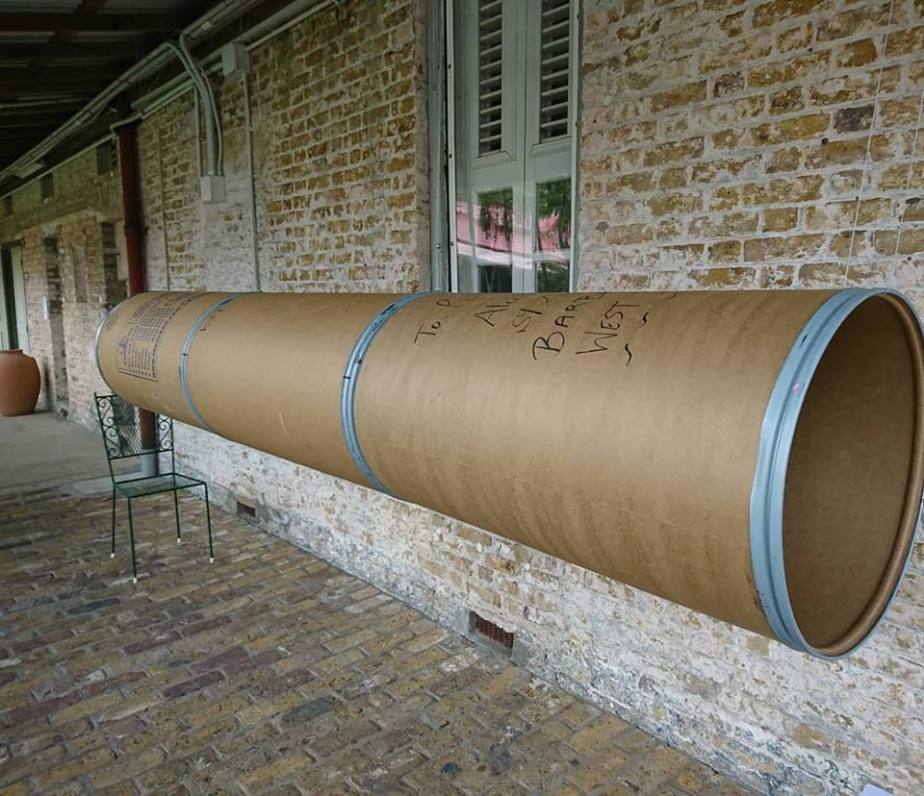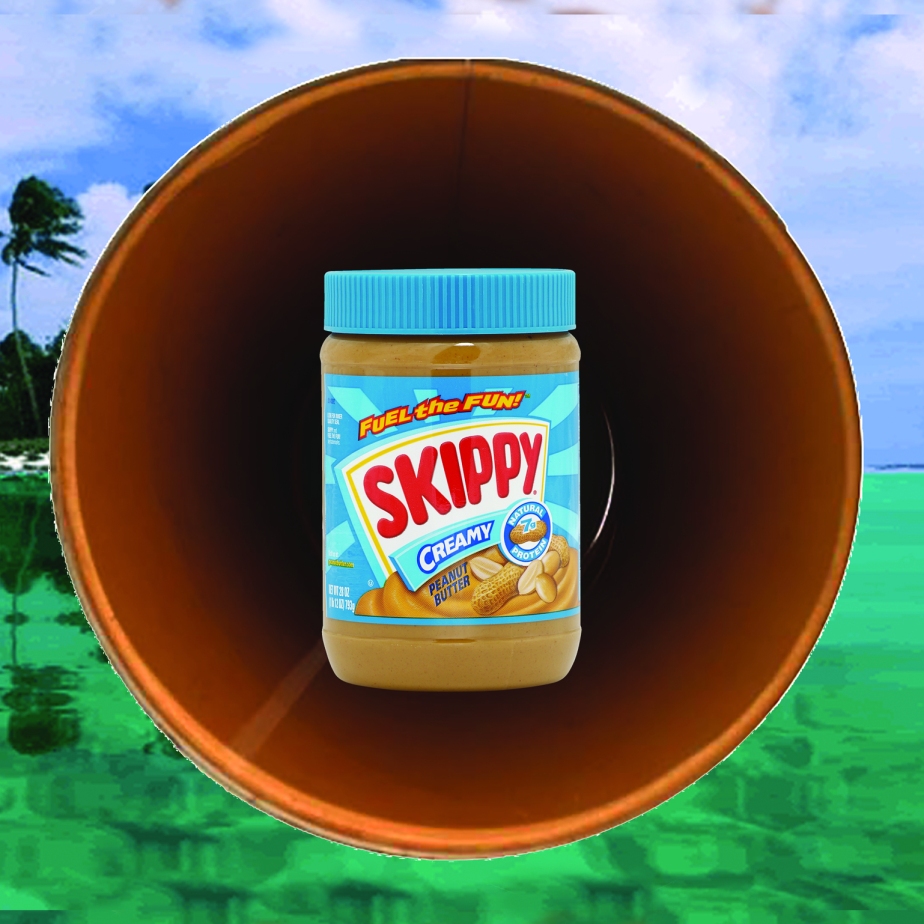
Sending Love Inna a Barrel (2018) Mixed media installation Variable dimensions The Evil We Know (2017) Single channel video with sound Accessible on line via QR code

Kelley-Ann Lindo was born in Kingston, Jamaica, in 1991, and is based there. She was educated at the Edna Manley College of the Visual and Performing Art (BFA in Painting, 2015). She worked as a gallery assistant at the CAGE Gallery, as a curatorial assistant at the National Gallery of Jamaica, and currently as an assistant visual arts coordinator at the Multicare Youth Foundation and a lecturer at the Edna Manley College, all in Kingston, Jamaica. She has been artist-in-residence at Alice Yard, Port of Spain, Trinidad (2016), at NLS, Kingston, Jamaica (2017) and at Blaqmango Consultancy, Kingston, Jamaica (2018). Her work has also been exhibited at the National Gallery of Jamaica (Jamaica Biennial 2017), Edna Manley College of Visual and Performing Arts (Final Year exhibition, 2015), and the College’s CAG[e] Gallery (2014). Lindo produces large, mixed media installations, but also works in drawing and print media, and in video.

Artist’s Statement
Traumatic memories are forever susceptible to change each time there are attempts to recollect them, and it is that fragility I have explored, through the use and manipulation of fragile materials. My ongoing body of work seeks to establish a conversation around the dynamics surrounding the ‘barrel children’ syndrome within the Caribbean culture – a term referring to children who have been left behind by one or both parents who have migrated. The term also reflects the parents’ need to disguise their absence with the provision of material goods and remittance for the children. This body of work raises questions about migration, Caribbean family structure, material relationship between experience, memory, story and identity.
Through abstraction, I have absorbed the tradition of remembrance art into daily practice as an act of catharsis. The works do not reference recognisable form. The results are deconstructed to the extent that meaning is shifted and possible interpretation becomes multifaceted.

